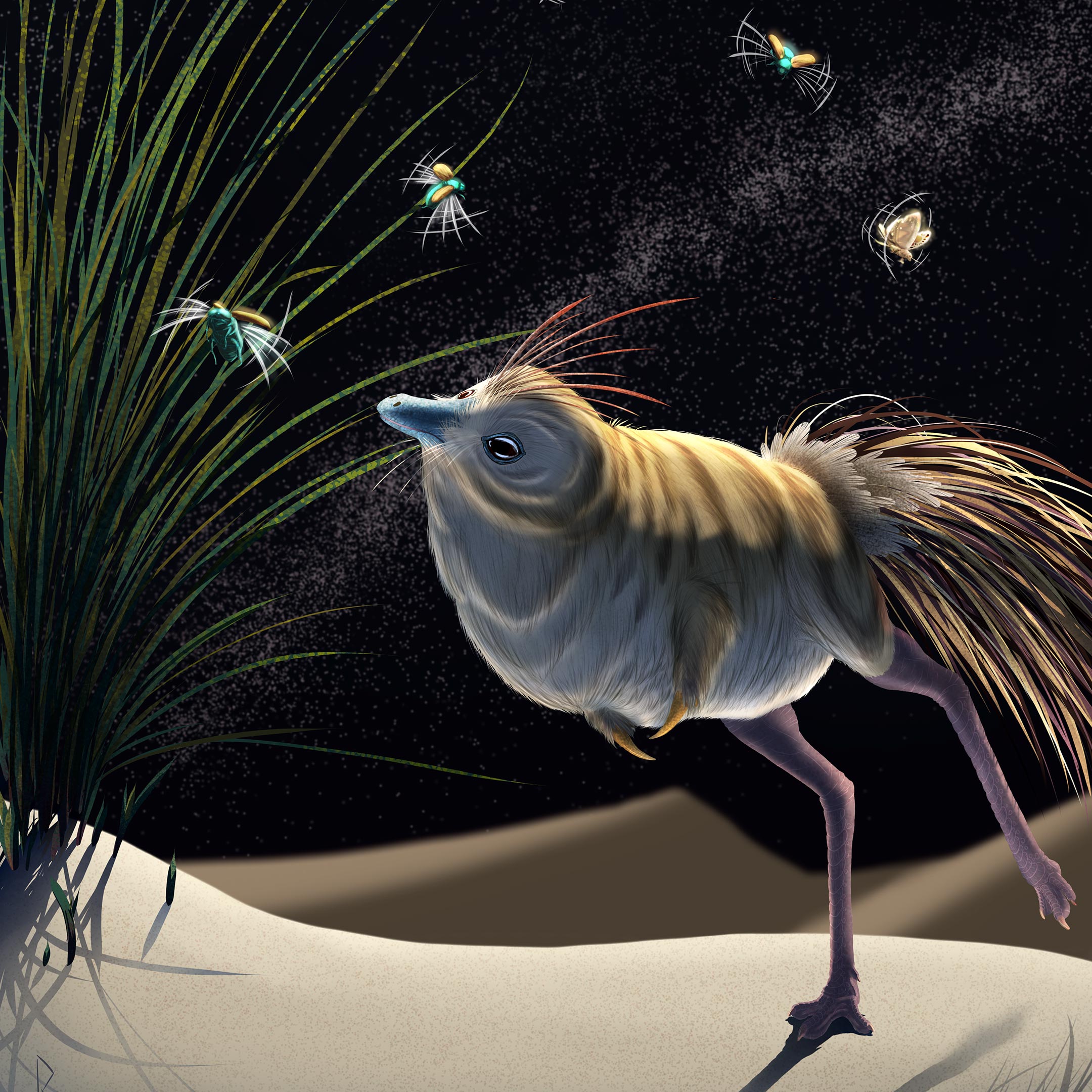
The international team of researchers used CT scanning and detailed measurements to collect information on the relative size of the eyes and inner ears of nearly 100 living bird and extinct dinosaur species.
To measure hearing, the team measured the length of the lagena, the organ that processes incoming sound information (called the cochlea in mammals).The barn owl, which can hunt in complete darkness using hearing alone, has the proportionally longest lagena of any bird.
To assess vision, the team looked at the scleral ring, a series of bones surrounding the pupil, of each species.The team found that many carnivorous theropods such as Tyrannosaurus and Dromaeosaurus had vision optimized for the daytime, and better-than-average hearing presumably to help them hunt.However, a diminutive theropod named Shuvuuia, part of a group known as alvarezsaurs, had both extraordinary hearing and night vision.
The extremely large lagena of this species is almost identical in relative size to today’s barn owl, suggesting that Shuvuuia could have hunted in complete darkness.
The large lagena of Shuvuuia came as a surprise discovery to Dr.“As I was digitally reconstructing the Shuvuuia skull, I couldn’t believe the lagena size…I called Prof.
The eyes of Shuvuuia were also of note, as they had some of the proportionally largest pupils yet measured in birds or dinosaurs, suggesting that they could likely see very well at night.Jonah Choiniere holding a 3D printed model of the lagena of Shuvuuia deserti.
With the new data on Shuvuuia’s senses, the scientific team hypothesizes that, like many desert animals, Shuvuuia would have foraged at night, using its hearing and vision to find prey like small mammals and insects, using its long legs to rapidly run that prey down, and using its strong forelimbs to pry the prey out of burrows or shrubby vegetationJ
“Nocturnal activity, digging ability, and long hind limbs are all features of animals that live in deserts today,” said Choiniere, “but it’s surprising to see them all combined in a single dinosaur species that lived more than 65 million years ago.”.May 5, 2021